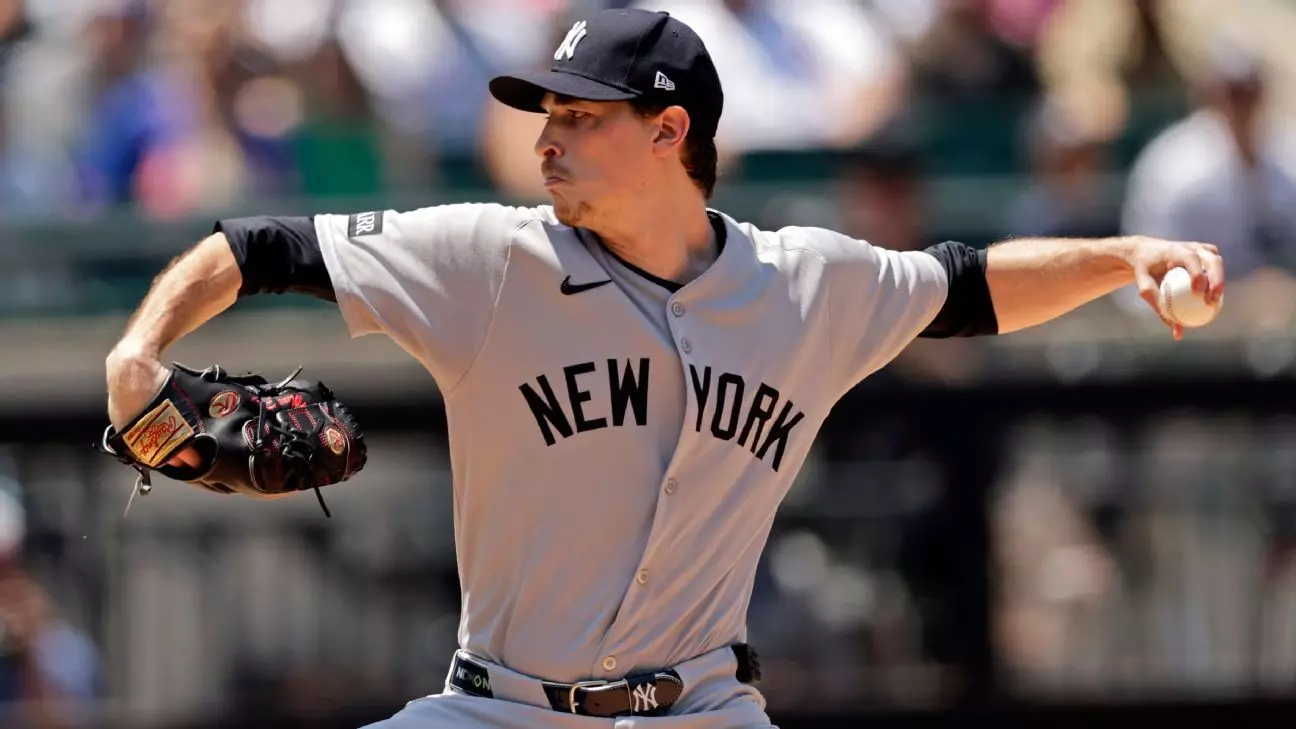Max Fried’s recent injury scare underscores the fragility of athletic prowess at the highest level. Despite being an elite pitcher and a key component for the New York Yankees, Fried’s suffering from a blister reveals how even minor injuries can significantly disrupt a player’s rhythm and team plans. The ambiguity surrounding the severity of Fried’s condition reflects a broader issue confronting professional athletes: the fine line between competitive resilience and risking long-term health. Managers like Aaron Boone are left navigating this delicate terrain, weighing immediate game needs against the athlete’s recovery. Fried’s situation exemplifies the unpredictable nature of injuries, where a seemingly simple blister can develop into a substantial setback, potentially jeopardizing crucial appearances and team strategies.
The Reality Behind Agile Athletic Performance and Injury Management
Fried’s high-profile experience reminds us that athletic excellence is built on meticulous maintenance of physical health. His history with blisters, recurring enough to necessitate multiple trips to the injured list, exposes a recurring vulnerability for pitchers operating at that level of intensity. Despite his status and impressive record, recurring injuries like these highlight a sobering truth: no matter how gifted an athlete, their body remains susceptible to setbacks. The strategic management of such injuries, including trying various modalities and adjustments, is critical. Nonetheless, this ongoing battle emphasizes that even the most talented players are not invincible; they are, in essence, perpetually fighting to maintain their dominance.
The Psychological and Tactical Toll of Minor Injuries
The psychological burden of an injury—or even the fear of it—cannot be understated. Fried’s cautious approach and his emphasis on avoiding escalation demonstrate an awareness of how fragile his performance is. Such injuries can trigger a subtle but persistent doubt in players, impacting their confidence and approach in the game. Moreover, the tactical implications for teams are profound. A temporary benching or limited role due to injury concerns can disrupt team chemistry and strategic planning, especially when dealing with a key player like Fried, who has become a cornerstone for the Yankees post-Gerrit Cole’s injury. The balancing act of utilizing a star while safeguarding their health is a testament to the nuanced judgment required at the managerial level.
The Broader Commentary on Athletic Longevity and Resilience
Fried’s recurring blister issues and fluctuating performance reflect a broader, often overlooked truth: sustained excellence in professional sports demands unwavering resilience and adaptability. While fans are captivated by the thrill of high-stakes games, behind the scenes, athletes grapple with setbacks that threaten their careers and legacies. Fried’s willingness to push forward despite discomfort, combined with the team’s cautious optimism, illustrates that maintaining oneself at the top involves constant vigilance and adjustments. Ultimately, his situation serves as both a cautionary tale and an inspiring rallying call—highlighting the relentless pursuit of greatness amidst the persistent reality of injury and recovery.


Leave a Reply